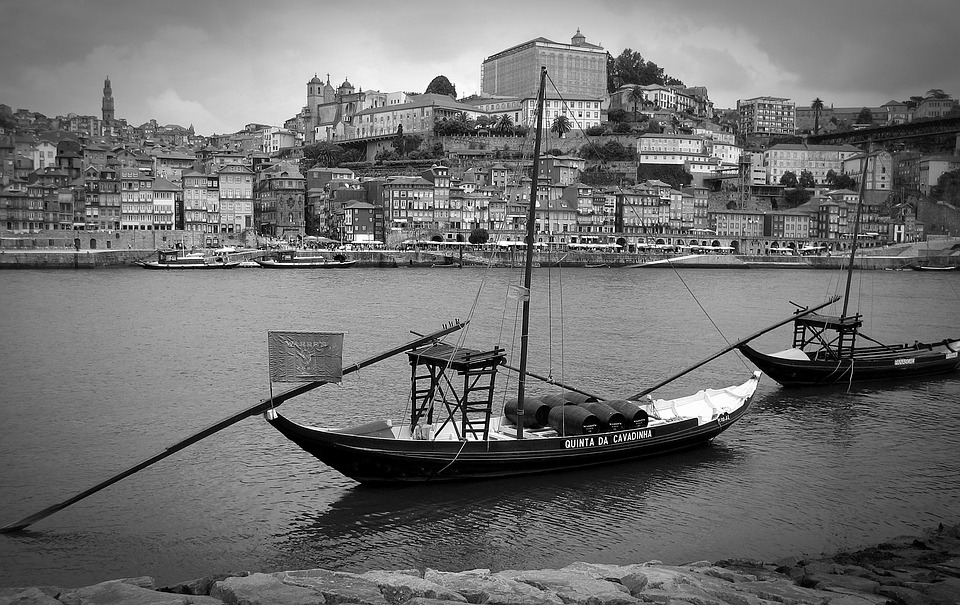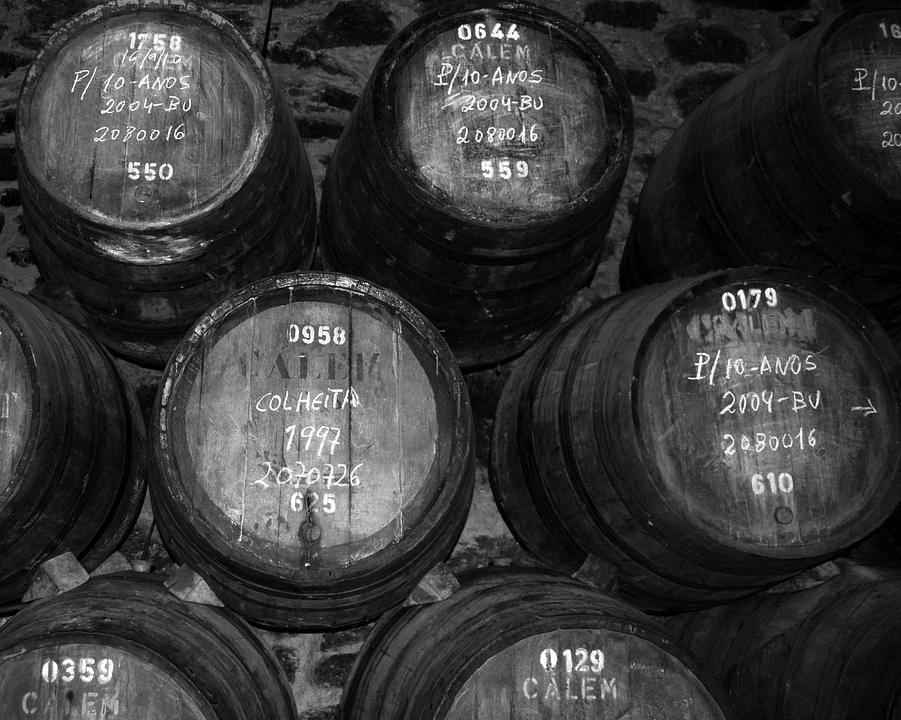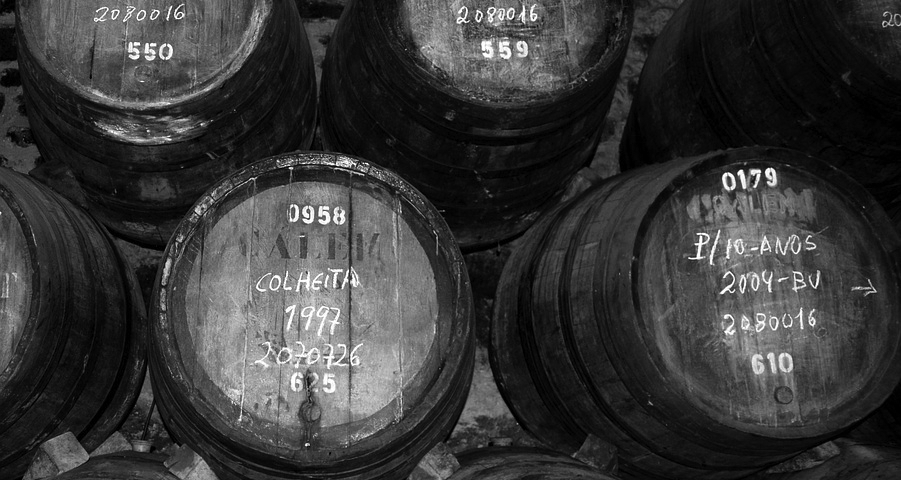[twitter style=”horizontal” float=”left”]
[fblike style=”standard” showfaces=”false” width=”450″ verb=”like” font=”arial”]

You might have enjoyed a festive glass or two, but Port need not be relegated to the confines of Christmas. Port is one of the great classic European wines and is among the most iconic in the world. We believe there is definitely a place for this delicious and historic wine in the other 364 days of the year!
Port is a tradition that goes back centuries, and its roots are somewhat closer to home. Many of the most prominent port houses have Anglophone names, like Taylor’s and Croft, which in fact began life here in the UK. As early as the 17th century, when many of Europe’s empires were jostling for positions of power, British merchants began making shipments from the Portuguese city of Oporto – from which the wine was to gain its name. When Anglo-French relations turned sour, the British began to look further afield in their search for wine and soon turned to their Portuguese allies. Although rather than bringing home a replacement Claret, the wine that returned to British shores was rather different! To survive the long sea journey back from Portugal, a good measure of brandy was added to preserve the wine. Today it is a more exact science, but the crucial addition of grape spirit halts the fermentation process and preserves some of the grape’s natural sugar. This was a style that appealed to British palates and which many merchants took advantage of. After the Methuen Treaty of 1703, the British market expanded rapidly as duty was lowered, whilst continuing feuds with the French deprived Brits of French produce. Coincidentally, the French are now the biggest drinkers of Port – how times have changed!

Whilst Port gets it name from the city of Oporto, the wine itself originates further upstream to Douro river. Port is made from traditional Portuguese grape varieties – Touriga Nacional, Touriga Francesa or Tinta Barroca to name a few – grown in vineyards in the famous Douro Valley. The appellation is one of the oldest in the world – in a region where winemaking goes back 2000 years; the vineyards used for Port production were amongst the first to be legally demarcated. The winegrowing areas of the Douro are as beautiful as they are unique. Vineyards typically occupy steep craggy hillsides that line the Douro and its tributaries, often in the form of narrow terraces separated by traditional dry stone walls. The terroir is truly special, capable of producing wines of exceptional quality which cannot be replicated elsewhere. Traditionally, the wine was carried down river in special boats, known as barcos rabelos, taken to the famous Port houses in the Vila Nova de Gaia district opposite old city of Oporto. Here, there were to be aged, blended, bottled before being shipped elsewhere.
 Various styles of Port are produced which distinctive characteristics. Part of what makes Port so appealing are the various budgets and styles it caters for, as well as the many delicious food matches on offer.
Various styles of Port are produced which distinctive characteristics. Part of what makes Port so appealing are the various budgets and styles it caters for, as well as the many delicious food matches on offer.
The ways in which the Port is aged has a massive influence over the resulting style. This includes both the ageing period and the vessel which the wine is aged in. Generally speaking, the firm tannins and intense fruity flavours of youthful Port give way to a more delicate, smooth and nuanced character. Port is well known for its longevity and ageing potential, sometimes kept for decades. The wine is either aged in wooden vats or in bottle, the latter has almost no air contact so matures over a longer period of time. The different styles produced can be placed in these broad groups:
- Ruby Port: a youthful Port, supposedly named after its vibrant colour. A basic blend of wines, often aged in vat for 2 to 3 years, this is made to be drunk in its youth. Full bodied, rich, fruity style.
- Reserve Port: tend to be of higher quality than Ruby Ports with more ageing potential.
- Late Bottled Vintage Port: one of the most popular and accessible styles. Whilst it has does not have much ageing potential, LBV port will exhibit luscious cherry and black fruit flavours reminiscent of youthful Port. Aged in vat typically for 4 to 6 years. Those that are unfiltered typically have a richer flavour profile – but will need decanting first. Try our delicious Fonseca 2008 LBV Port, bursting with black fruit and jammy flavours wrapped up in a lovely velvety texture. This Port is unfiltered to preserve richness, concentration and body.
- Tawny Port: this is also a blend, but aged for much longer periods than previous styles – up to 40 years in some cases. The intense red colour of Port begins to evolve an amber hue – hence the name Tawny. Lovely and refined nutty flavours begin to develop, along with aromas of butterscotch. Tawny Port is also delicious when chilled, so one can really break to mould of Port drinking! Can be a rare match with chocolate, and even works in the summer months. We also offer a 10 Year Tawny Port from eminent producers, Fonseca. The final blend was selected according to quality and ageing potential; kept in the Duoro rather than the coastal Port houses, this wine has developed lovely ‘baked’ qualities due to the difference in climate.
- Colheita Port: a Tawny Port from a single vintage – Colheita meaning “harvest” or “crop” in Portuguese. Aged for a minimum of 7 years.
- Vintage Port: considered the creme-de-la-creme of Port, reserved for only the very best vintages. Usually a blend of wines from different properties giving wonderful flavour profiles and complexity, combined after two years in vat then bottled for further ageing. These Ports have the greatest ageing potential, maturing for several decades and are rarely approachable before the first one or two! These are the most revered and often most expensive port.
- Alternatively, Single Quinta Vintage Ports are also produced, with a couple of differences. Grapes are sourced from a single property, often from the very top vineyards, and are slightly less restricted in terms of vintages that can be used. These are usually approachable after 10 years and come very close to exquisite quality and finesse of Vintage Port – at more affordable prices – although are often more expressive earlier on. Try our Taylor’s Quinta de Vargellas 2001 Port – from one of the most revered vineyards and Port houses.
- Crusted Port: made to emulate the style of Vintage Port, but not made from wines of the same year. Like Vintage Port these are unfiltered, so a natural ‘crust’ forms as they age.
- White Port: Port can also be made from white grapes, typically aged for 2 to 3 years in vat and are available in sweeter or drier styles. Often served as a long chilled drink, topped with soda or tonic water to make a refreshing summer drink, or can be drizzled into a winter soup to add further depth and comfort!

[twitter style=”horizontal” float=”left”]
[fblike style=”standard” showfaces=”false” width=”450″ verb=”like” font=”arial”]

